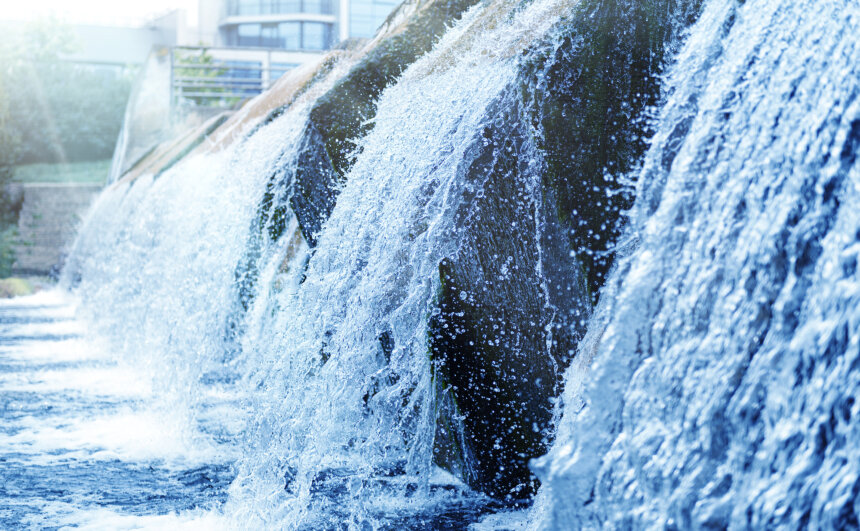More people are populating the planet and climate change worsens. This means managing water safely and efficiently is more important than ever. Traditional water treatment works. But, it often depends on chemicals that can hurt the environment.
Now, new, eco-friendly methods are changing the way we treat water. Advanced filtration and natural purification techniques are leading the way. This makes water cleaner while protecting the planet.
Let’s explore these innovative solutions and see how they’re shaping a greener, more sustainable future for water treatment.
Eco-Friendly Technologies Leading the Way
New technologies are changing the way we treat water. These eco-friendly solutions focus on sustainability and using fewer resources.
Membrane Filtration
This method uses special filters to remove contaminants from water. It saves energy and needs fewer chemicals, making it a greener option than traditional treatments.
Constructed Wetlands
These systems work like natural wetlands, using plants and microorganisms to clean water. They are low-cost, easy to maintain, and even support wildlife, proving that water treatment can work with nature.
Solar Water Treatment
This method uses the sun’s energy to purify water, making it perfect for sunny, remote areas. It cuts down on fossil fuel use and helps lower costs.
The Importance of Recycling and Reusing Water
Water recycling is a key part of sustainable water treatment. As many areas face water shortages, reusing water provides a practical solution.
Advanced treatment processes can make wastewater safe for uses like irrigation, industrial cooling, and flushing toilets. This helps save fresh water and reduces the amount of wastewater released into the environment.
Cities with strong water recycling programs are becoming more resilient. Some cities, for example, have focused on recycling to manage drought, setting an example for other places to follow.
Innovative Solutions for Household Water Treatment
Homeowners are becoming more aware of their environmental impact, leading to changes in how they treat water at home. Simple systems are now available that let people purify their water without relying on chemicals.
UV water purification systems, which use ultraviolet light to kill germs, are becoming a popular method to sterilize your water. This method helps provide clean drinking water and supports sustainable living.
Rainwater harvesting systems are also growing in popularity. By collecting rainwater, homeowners can use less water from public sources and help with water conservation.
The Road Ahead: Policy and Community Engagement
For sustainable water treatment to work, policies and community involvement are key. Governments are starting to see the benefits of investing in eco-friendly water systems. Offering rewards for sustainable technology and running programs to teach people about water conservation are important steps.
In the end, the future of water treatment will rely on everyone working
together-businesses, governments, and individuals. By focusing on new technologies, recycling, and community involvement, we can help make sure clean water is available for future generations.
A Sustainable Future Awaits
Using sustainable methods in water treatment is crucial to tackle the growing problems of water scarcity and pollution. With new technologies and practices, we can build systems that improve water quality and protect the environment. Moving forward, these sustainable solutions will help us treat water effectively and create a healthier planet.
Is this article helpful? Keep reading our blog for more.















